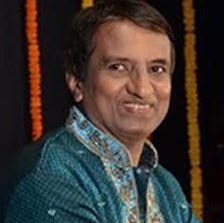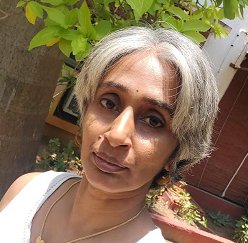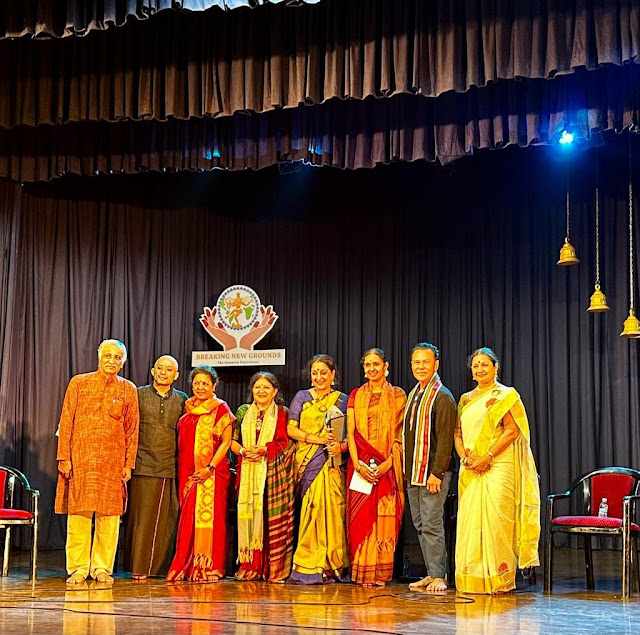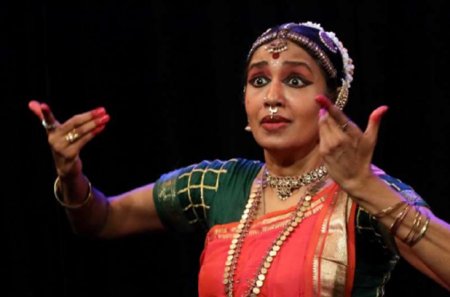The performance "Lila" by Ramya Ramnarayan, the New York-based Bharatanatyam artist and her students, at Seva Sadan Bengaluru on January 6, 2024 was a devotional tribute to Krishna, following the Margam format. The story began with a Prabhandha Mala, a solo performance by Ramya Ramnarayan.
The artists performed the Mallari and the Raas Leela with virtuosity, demonstrating the harmonious blend of Nritta and Natya. The Mallari was a lively and rhythmic dance that set the stage for the Raas Leela, which was a dramatic and expressive depiction of the love between Krishna and the gopis. The dancers created a captivating spectacle of movement and emotion that enthralled the audience
The Swarajati in Husseini Raga, a composition of Melattur Venkatramana Sastri, portrays Nayika's anguish as she confronts her Lord Vishnu for his neglect of her. She reminds him of his various avatars to rescue many souls and wonders when he will show his love for his childhood companion. The sancharis illustrate Rukmini's liberation from Sisupala and the extraordinary Vatsalya Bhava by Krishna towards Kuchela, dramatised with eloquence and emotion. The rhythmic patterns highlighted by the signature vibrant nattuvangam by Kiran Subrahmanyam added flair to the presentation.
The artistic vision of Ramya Ramnarayan was brilliantly expressed by the dancers Ramya Ramnarayan, Sujatha Ramanathan, Rakshita Raghunathan, Ragini Iyer, Sai Sruti Sitharaman, Samyukha Neeraj and Shriya Arunkumar. They created a captivating spectacle of rhythm and movement that showcased their skill and grace. The different layers of expression were strengthened by emphasis and elaboration. The choreography was innovative and engaging, blending traditional and contemporary elements harmoniously.
The Devarnama "Krishna Nee Begane Baaro" is a lyrical composition that expresses the maternal love of Yashoda for her son Krishna, who is the incarnation of Lord Vishnu. In a solo performance, the dancer, Ramya Ramnarayan, poignantly portrayed the various aspects of Krishna's divinity, including showing the glorious universe in his mouth. The dancer captured the emotions of Yashoda, who longs for Krishna to return to her after his adventures, and who marvels at his divine attributes that reveal his true identity as the supreme lord.
The artists concluded their performance with a Thillanna that incorporated the elements of Kathak’s Tarana in Ahir Bhairavi, a piece composed by Balamuralikrishna. The performers displayed their skill and passion through their energetic movements. They also wore costumes that matched the theme and the aesthetics of their performance. The audience was captivated by their impeccable execution and their artistic expression of the music.
The artists were accompanied by a musical ensemble that created a harmonious and captivating soundscape. Rohit Bhat's vocals, Narsimhamurthy’s flute, Anoor Vinod Shyam's mridangam and Kiran Subrahmanyam's nattuvangam blended seamlessly and added depth and richness to the performance.
Author:
Satish Suri
Photo Credit:
Shandilya Srivatsa



























.jpeg)






.jpeg)








.jpeg)





